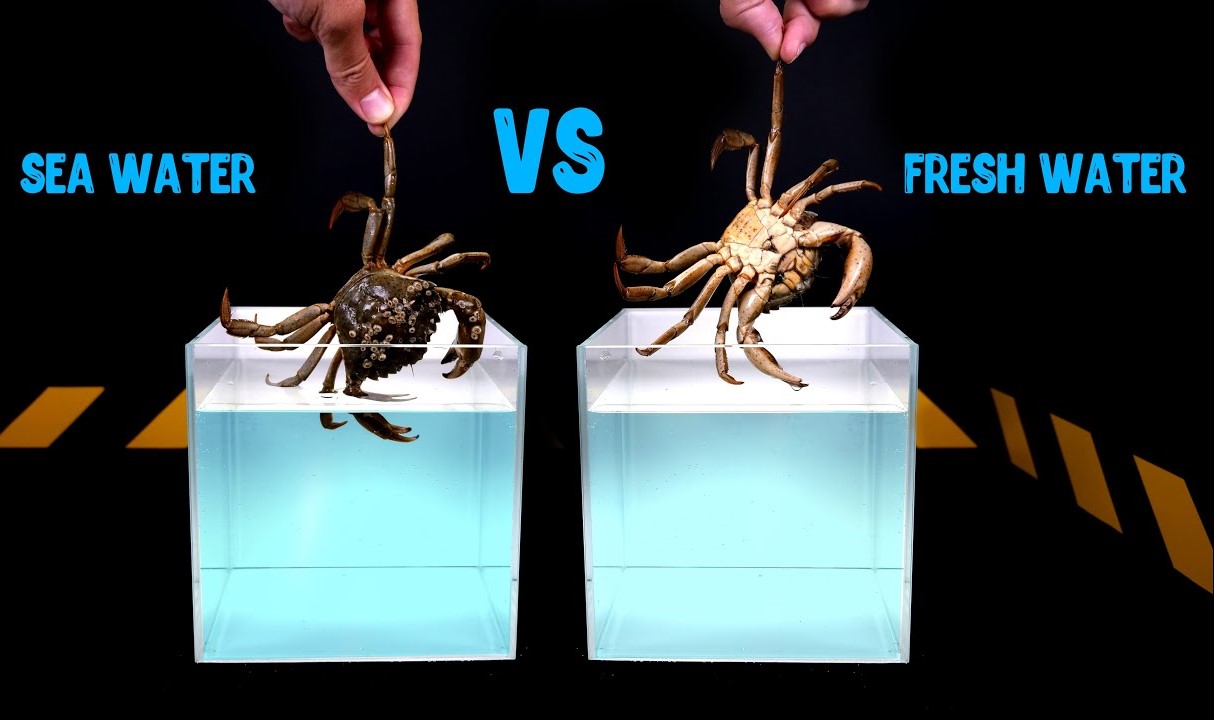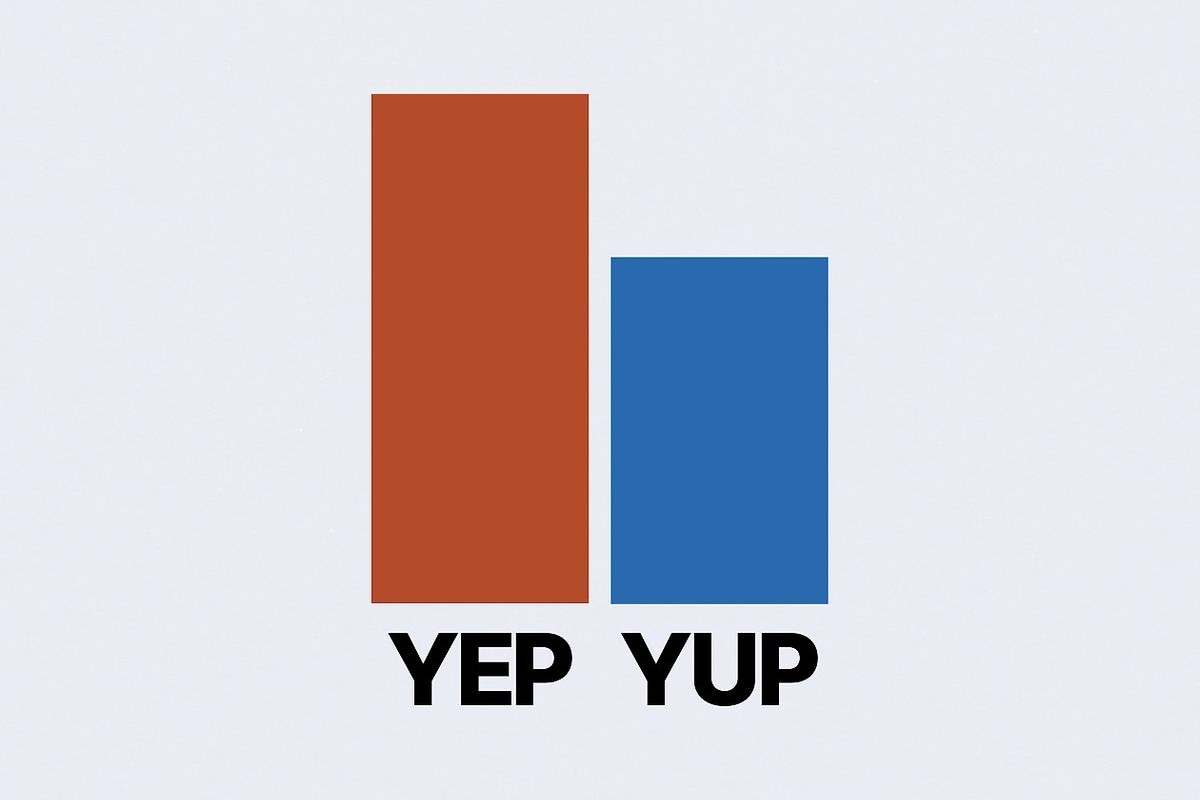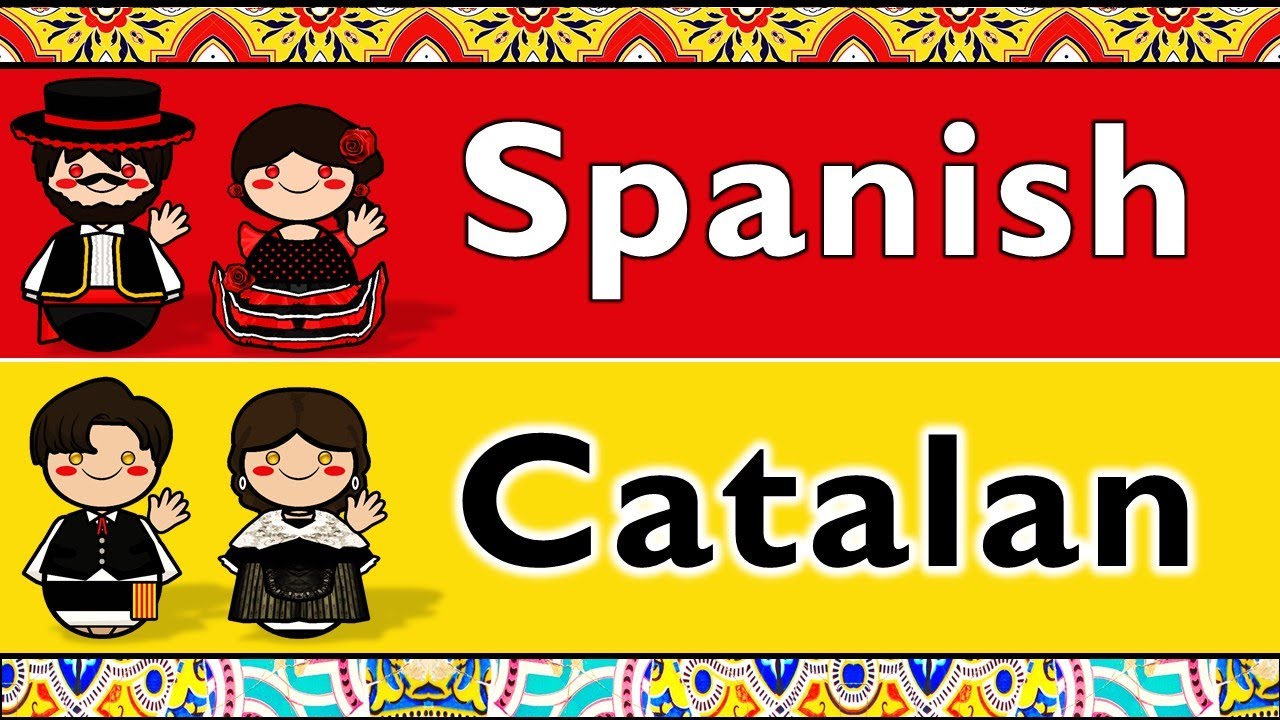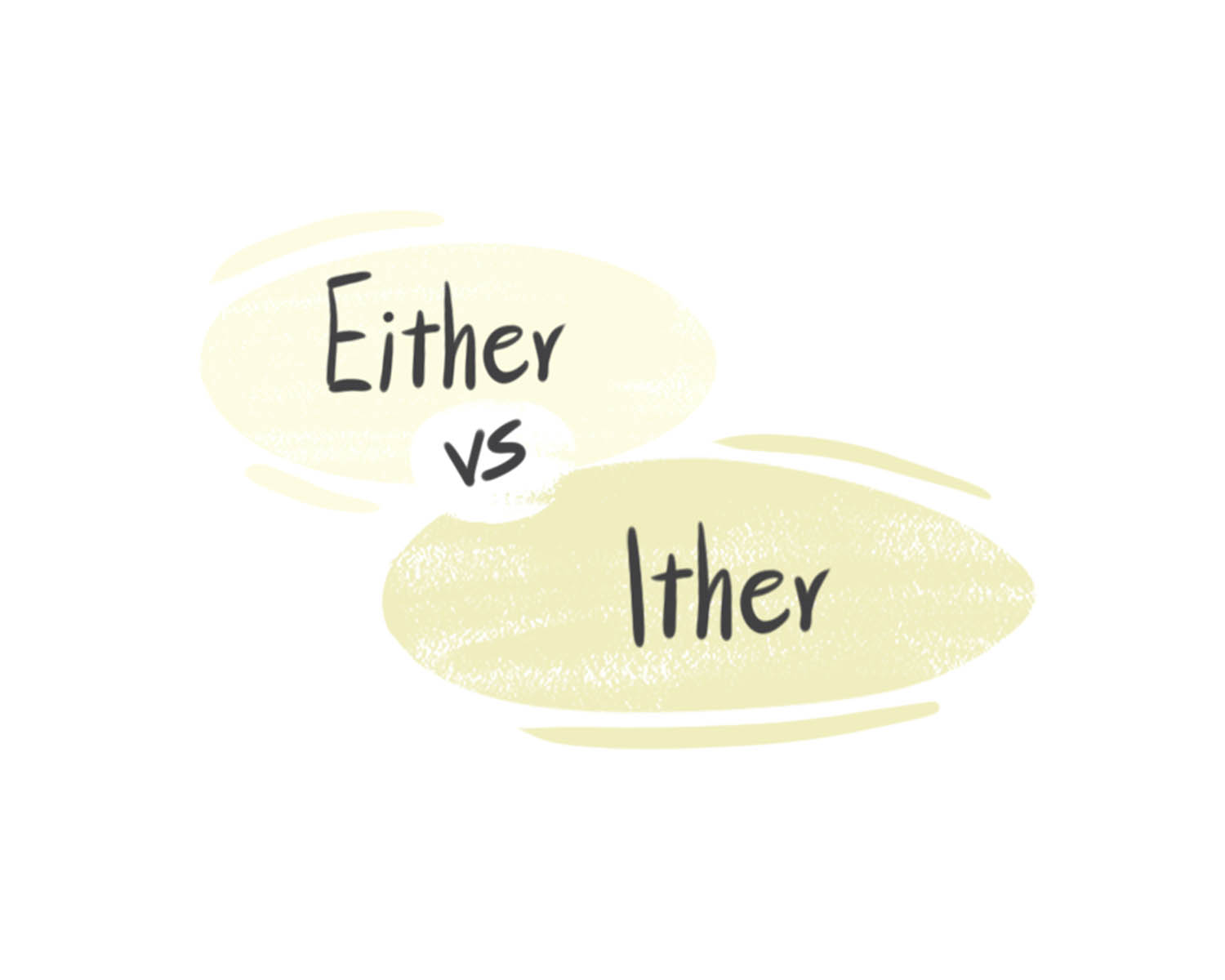Home>Language and Grammar>The Surprising Difference Between “See You Around” And “See You Later”


Language and Grammar
The Surprising Difference Between “See You Around” And “See You Later”
Published: February 4, 2024
Discover the nuances of language and grammar with a deep dive into the subtle differences between "see you around" and "see you later." Uncover the hidden meanings behind these commonly used phrases.
(Many of the links in this article redirect to a specific reviewed product. Your purchase of these products through affiliate links helps to generate commission for Noodls.com, at no extra cost. Learn more)
Table of Contents
Introduction
Language is a fascinating tapestry of expressions and idioms that reflect the nuances of human interaction. Within this rich mosaic, seemingly simple phrases can carry layers of meaning, shaped by cultural context and individual interpretation. Two such phrases that often spark curiosity and confusion are "See You Around" and "See You Later." While they may appear interchangeable at first glance, a closer examination unveils subtle yet significant differences in their connotations and usage.
In this article, we will delve into the depths of these seemingly casual farewells, exploring their distinct meanings, cultural implications, and contextual nuances. By unraveling the intricacies of these expressions, we aim to provide a deeper understanding of how language can encapsulate diverse sentiments and social norms. So, let's embark on this linguistic journey to unravel the surprising disparities between "See You Around" and "See You Later."
The Meaning of "See You Around"
The phrase "See You Around" is a casual and informal way of bidding farewell, often used when parting ways with someone in a non-specific manner. It implies the possibility of encountering the person again in the future, albeit in an unplanned or unpredictable context. This open-ended nature of the expression conveys a sense of optimism and anticipation, suggesting that future meetings may occur naturally, without any predetermined arrangements.
When someone says, "See You Around," it reflects a relaxed and non-committal attitude, acknowledging the transient nature of human interactions. It encapsulates the idea that life is dynamic, and people may cross paths unexpectedly as they navigate their respective journeys. This phrase, therefore, conveys a subtle sense of hope and connection, fostering a belief in the serendipitous nature of human encounters.
Furthermore, "See You Around" exudes a friendly and casual vibe, making it suitable for various social settings. Whether bidding farewell to a colleague at the end of the workday or saying goodbye to a neighbor in the local grocery store, this phrase encapsulates a laid-back and sociable tone. It implies a sense of camaraderie and community, acknowledging the interconnectedness of individuals within a shared environment.
In essence, "See You Around" embodies a spirit of casual optimism, acknowledging the potential for future meetings while embracing the spontaneity and unpredictability of life's twists and turns. It serves as a versatile and inclusive farewell, fostering a sense of warmth and openness in parting ways with others.
This phrase is not bound by strict timeframes or specific arrangements, allowing for the organic unfolding of future interactions. Its fluid and adaptable nature mirrors the ebb and flow of human connections, emphasizing the potential for serendipitous reunions and chance encounters in the tapestry of life.
In summary, "See You Around" encapsulates a spirit of relaxed optimism, acknowledging the unpredictability of future meetings while fostering a sense of camaraderie and connection in parting ways with others.
The Meaning of "See You Later"
"See You Later" is a familiar phrase often used as a parting salutation, conveying a sense of temporary departure with the expectation of reuniting in the near future. Unlike the open-ended nature of "See You Around," this expression carries a more defined timeframe, suggesting a relatively specific timeframe for the anticipated reunion. When someone says "See You Later," it implies a sense of imminent separation, with the intention of meeting again within a foreseeable time frame.
The phrase "See You Later" exudes a blend of warmth and assurance, offering a comforting reassurance of an impending reunion. It signifies a temporary farewell, acknowledging the forthcoming parting while maintaining an optimistic outlook towards the next encounter. This sense of assurance and anticipation embedded within the phrase fosters a feeling of continuity and connection, affirming the intention to reconvene in the not-so-distant future.
Moreover, "See You Later" carries an inherent sense of familiarity and intimacy, often used among friends, family members, or acquaintances with whom one shares a close bond. It embodies a sense of relational closeness, reflecting the anticipation of a prompt reunion and the continuation of shared experiences. This phrase, therefore, serves as a heartfelt acknowledgment of the impending separation, coupled with the implicit promise of a soon-to-be-shared moment.
Additionally, the usage of "See You Later" extends beyond personal relationships, finding its place in professional settings as well. In the workplace, this phrase can signify a temporary departure from a meeting or a shared workspace, with the understanding that the individuals will reconvene for further collaboration or interaction. It conveys professionalism intertwined with a sense of camaraderie, acknowledging the temporary nature of the parting while maintaining a focus on future engagements.
In summary, "See You Later" encapsulates a sense of imminent but temporary departure, coupled with the expectation of a prompt reunion. It conveys warmth, assurance, and relational closeness, making it a versatile and endearing farewell that bridges the gap between parting and the promise of future encounters.
Cultural and Contextual Differences
The phrases "See You Around" and "See You Later" not only differ in their literal meanings but also carry distinct cultural and contextual implications. These disparities are shaped by the diverse social norms, communication styles, and relational dynamics prevalent in various cultural settings.
In many Western cultures, "See You Around" embodies the spirit of casual camaraderie and open-ended optimism. It reflects the fluidity of social interactions, acknowledging the potential for spontaneous reunions and chance encounters. This aligns with the broader cultural emphasis on individual freedom and the serendipitous nature of human connections. The phrase resonates with the ethos of relaxed sociability, where relationships are often characterized by flexibility and informal spontaneity.
On the other hand, "See You Later" holds deeper cultural connotations, particularly in cultures that prioritize relational closeness and familial bonds. In such contexts, the phrase symbolizes the enduring nature of connections and the expectation of prompt reunions. It reflects a sense of warmth, assurance, and relational continuity, underscoring the significance of maintaining close ties and shared experiences. This aligns with cultural values that emphasize the importance of interpersonal relationships and the nurturing of enduring connections over time.
Furthermore, the contextual differences in the usage of these phrases are influenced by the nature of the interaction and the level of intimacy between the individuals involved. "See You Around" is often employed in casual or informal settings, where the emphasis is on the spontaneity of future meetings and the inclusive nature of social encounters. It is commonly used in diverse social environments, such as community gatherings, casual meetups, or brief encounters with acquaintances.
In contrast, "See You Later" is frequently employed in more intimate or familiar settings, reflecting a sense of relational closeness and the anticipation of a prompt reunion. It is often exchanged among friends, family members, or close colleagues, signaling a heartfelt acknowledgment of the impending separation and the assurance of a forthcoming encounter.
These cultural and contextual nuances highlight the intricate ways in which language reflects and shapes social dynamics. Understanding the cultural and contextual differences associated with these phrases enriches our appreciation of the diverse ways in which human interactions are expressed and experienced across various cultural landscapes.
When to Use Each Phrase
The choice between "See You Around" and "See You Later" hinges on the specific context, the nature of the relationship, and the anticipated timeframe for the next encounter. Understanding the nuances of each phrase empowers individuals to tailor their farewells to suit the dynamics of the situation and the depth of their connection with the other person.
When to Use "See You Around":
-
Casual Social Settings: In informal gatherings, community events, or chance encounters with acquaintances, "See You Around" embodies a laid-back and inclusive farewell. Its open-ended nature aligns with the spontaneous and unpredictable nature of future meetings in diverse social settings.
-
Professional Environments: When bidding farewell to colleagues at the end of the workday or concluding a brief interaction in a professional setting, "See You Around" conveys a sense of casual camaraderie and acknowledges the potential for future unplanned encounters within the workplace.
-
Non-Specific Future Encounters: When the timeframe or nature of the next meeting is uncertain, such as in casual social circles or public spaces, "See You Around" offers a versatile and optimistic farewell that embraces the unpredictability of future interactions.
When to Use "See You Later":
-
Personal Relationships: Among friends, family members, or close acquaintances, "See You Later" signifies a temporary but assured parting, often accompanied by the expectation of reuniting within a relatively short timeframe. It reflects warmth, reassurance, and the promise of a prompt reunion.
-
Workplace Scenarios: In professional settings, particularly during meetings, collaborative projects, or shared workspaces, "See You Later" can be used to acknowledge a temporary departure while expressing the anticipation of reconvening for further discussions or collaborations.
-
Imminent Reunions: When the next meeting is imminent, such as planning to meet again later in the day or within a short timeframe, "See You Later" conveys a sense of relational closeness and the expectation of a prompt and meaningful reunion.
By discerning the appropriate usage of "See You Around" and "See You Later" in various scenarios, individuals can infuse their farewells with the appropriate tone and sentiment, fostering genuine connections and meaningful interactions in diverse social and professional spheres.
Conclusion
In the tapestry of language and human interaction, the phrases "See You Around" and "See You Later" emerge as subtle yet significant expressions that encapsulate diverse sentiments and relational dynamics. Through our exploration of these seemingly casual farewells, we have unveiled the surprising disparities in their connotations, cultural implications, and contextual nuances.
"See You Around" embodies a spirit of relaxed optimism, acknowledging the unpredictability of future meetings while fostering a sense of camaraderie and connection in parting ways with others. Its open-ended nature reflects the fluidity of social interactions and the potential for serendipitous reunions, making it a versatile and inclusive farewell that embraces the spontaneity and unpredictability of life's twists and turns.
On the other hand, "See You Later" conveys a sense of imminent but temporary departure, coupled with the expectation of a prompt reunion. It exudes warmth, assurance, and relational closeness, making it a versatile and endearing farewell that bridges the gap between parting and the promise of future encounters. This phrase signifies a temporary farewell, acknowledging the forthcoming parting while maintaining an optimistic outlook towards the next encounter.
The cultural and contextual differences associated with these phrases further enrich our understanding of the intricate ways in which language reflects and shapes social dynamics. The disparities in their usage are shaped by diverse social norms, communication styles, and relational dynamics prevalent in various cultural settings, emphasizing the importance of considering the broader cultural and contextual implications when employing these farewells.
Understanding the nuances of "See You Around" and "See You Later" empowers individuals to tailor their farewells to suit the dynamics of the situation and the depth of their connection with the other person. By discerning the appropriate usage of these phrases in various scenarios, individuals can infuse their farewells with the appropriate tone and sentiment, fostering genuine connections and meaningful interactions in diverse social and professional spheres.
In essence, the seemingly simple act of bidding farewell through these expressions unveils the intricate layers of human connection, cultural nuances, and the dynamic nature of language. As we navigate the intricacies of social interactions, these phrases serve as gentle reminders of the richness and diversity encapsulated within the fabric of human communication, inviting us to embrace the nuances and embrace the potential for meaningful encounters in the tapestry of life.














